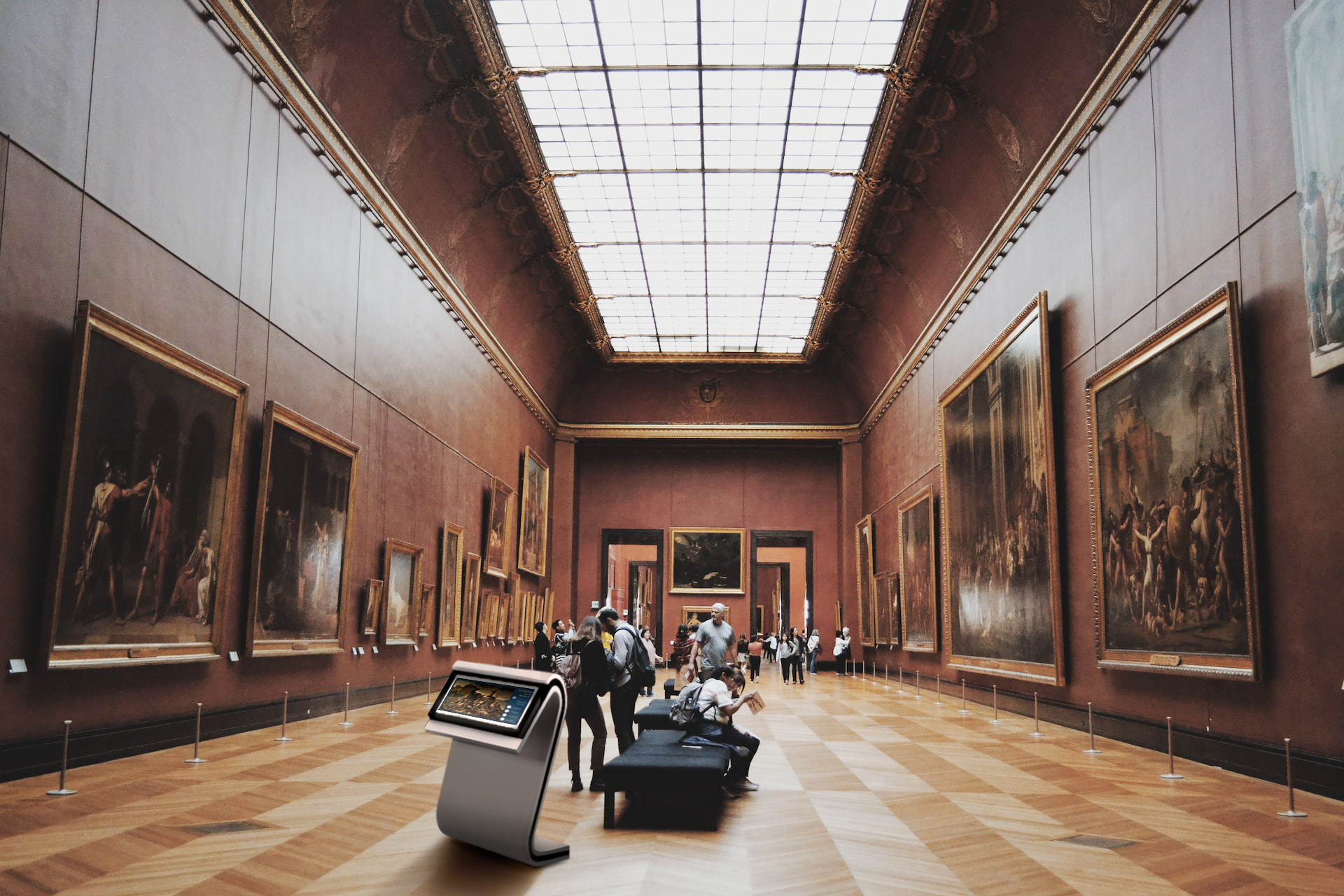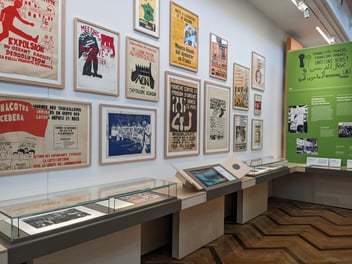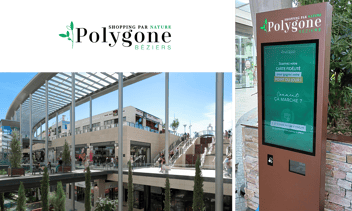
In this post, learn how interactive museography helps museums succeed and grow again.
The museography brings together all the stages of creation of an exhibition: choice of the works exhibited, contents to be produced and formats, consideration of the different audiences, visits course...
Interactive digital signage is a perfect communication tool for showcasing works while enhancing public appeal. Review of the benefits it brings to museums and exhibition sites.
End the dusty museum image
Interactive museography allows museums to maintain their image and broaden their audience. By offering immersive exhibitions, they better meet the expectations of young generations accustomed to digital technologies and the omnipresence of screens in their daily lives.
This approach also helps to promote culture and attract visitors who are sometimes reluctant to attend exhibitions in normal times.
Strengthen the attractiveness of its museum
There are many cultural institutions and the cost of admission sometimes means making a choice, even more so for long-term tourist stays. Interactive museography allows museums to distinguish themselves by offering unique experiences that can become essential.
Beyond the interest displayed by visitors, museums also enhance their attractiveness and uniqueness to municipalities, regions, local cultural actors or media that can become a powerful relay to increase their awareness.
Enhance the collections
Finished the little easel to read next to the works. Interactive museography offers access to in-depth information to enrich knowledge Interactive screens help to put objects in their historical context, offer several levels of reading according to the audience, integrate interactivity with games or augmented reality... see even to value collections not physically present because of lack of space or because of restoration.
Fostering partnerships and funding
Interactive museography can also open up new opportunities for partnerships and funding for museums. Technology companies, educational institutions and foundations are often interested in innovative and interactive projects in the cultural field.
Interactive museography helps to attract external partners, benefit from their expertise and thus mobilize complementary resources for the development of exhibitions and educational projects.
Collect data
Interactive museography provides museums with the opportunity to collect visitor data and assess the value of their exhibits and how they are showcased. It is thus possible to collect information on visitors' journeys, interactions with content and to detect trends.
By better understanding their audience, museums adapt their exhibits and can identify new ideas. It’s also a good way to integrate forms and interaction devices to keep in touch with your audience.
Increase your turnover
Because the number of visits or funding is not always enough to save sites, even of interest, museography makes it possible to offer optional interactive experiences for a fee or to highlight merchandising in order to cushion this investment.



